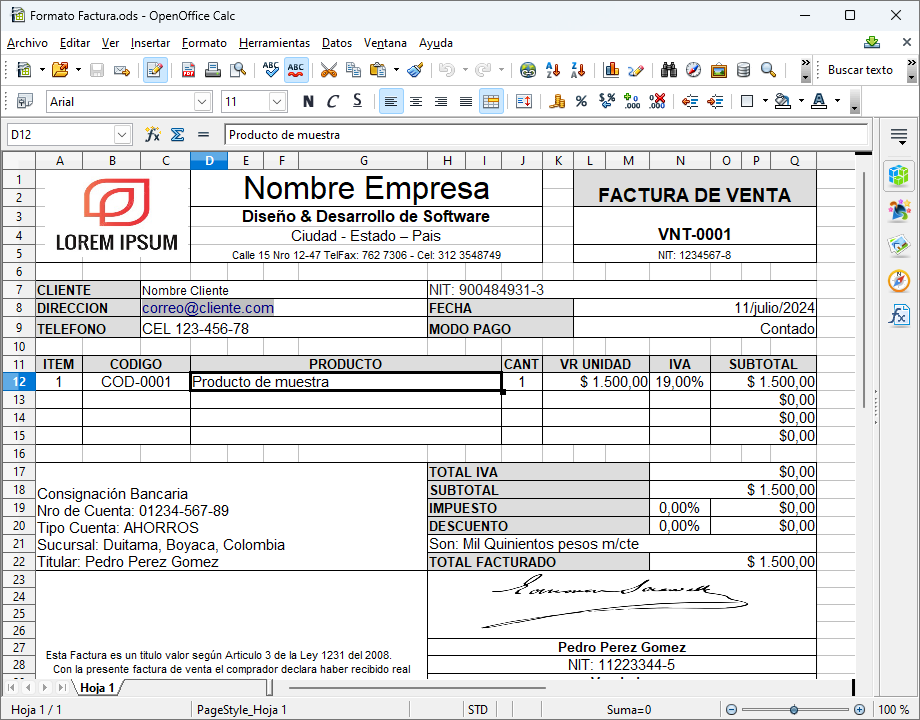What is web redesign and how to implement it
In the current digital age, having an online presence is essential for any business or organization. However, over time, websites can become outdated and fail to meet user expectations. This is where web redesign comes into play, a process that can revolutionize the way a website is presented and interacted with.

What is web redesign?
Web redesign is the process of updating and improving the structure, design, and functionality of an existing website. This can include changes to the visual appearance, navigation, content organization, and overall user experience. The goal of web redesign is to improve efficiency, accessibility, and effectiveness of the website, which can lead to increased user satisfaction and an increase in goal conversion.
Why is web redesign important?
There are several reasons why web redesign is important:
- Improves user experience: An updated and easy-to-navigate website can improve the user experience and increase satisfaction.
- Increases goal conversion: A well-designed and easy-to-use website can increase goal conversion, such as lead generation or sales.
- Improves visibility in search engines: An updated and optimized website for search engines can improve visibility and organic traffic.
- Increases credibility and trust: A professional and updated website can increase credibility and trust in the brand.
How to implement a web redesign?
Implementing a web redesign can be a complex process, but here are some basic steps that can be followed:
Step 1: Analyze the current website
Before starting the web redesign, it is important to analyze the current website to identify its weaknesses and opportunities for improvement. This can include:
- Reviewing traffic and user behavior statistics.
- Identifying navigation and usability problems.
- Evaluating compatibility with different devices and browsers.
Step 2: Define the project's objectives and scope
Once the weaknesses and opportunities for improvement have been identified, it is important to define the project's objectives and scope. This can include:
- Establishing clear and measurable objectives for the project.
- Defining the project's scope and required resources.
- Establishing a timeline and budget for the project.
Step 3: Design the new website
Once the project's objectives and scope have been defined, it's time to design the new website. This can include:
- Creating an attractive and consistent visual design.
- Developing a clear and easy-to-use navigation structure.
- Creating relevant and attractive content for the user.
Step 4: Develop the new website
Once the new website has been designed, it's time to develop it. This can include:
- Creating HTML, CSS, and JavaScript code for the website.
- Developing a database to store the content.
- Configuring the website to be compatible with different devices and browsers.
Step 5: Test and launch the new website
Once the new website has been developed, it's time to test and launch it. This can include:
- Testing the website to ensure it works correctly.
- Conducting usability and accessibility tests.
- Launching the website and promoting it on social media and other channels.
Web redesign is an important process that can improve the efficiency, accessibility, and effectiveness of a website. By following the basic steps outlined in this article, a successful web redesign can be implemented that increases user satisfaction and goal conversion. Remember that web redesign is a continuous process and it's important to keep the website updated and relevant to the user.






